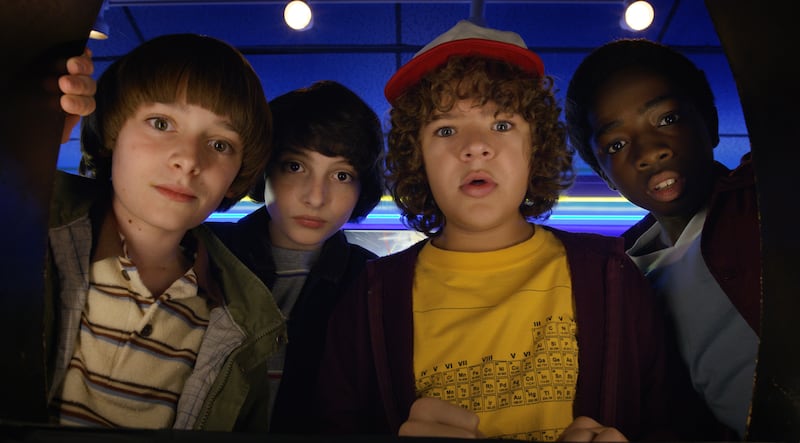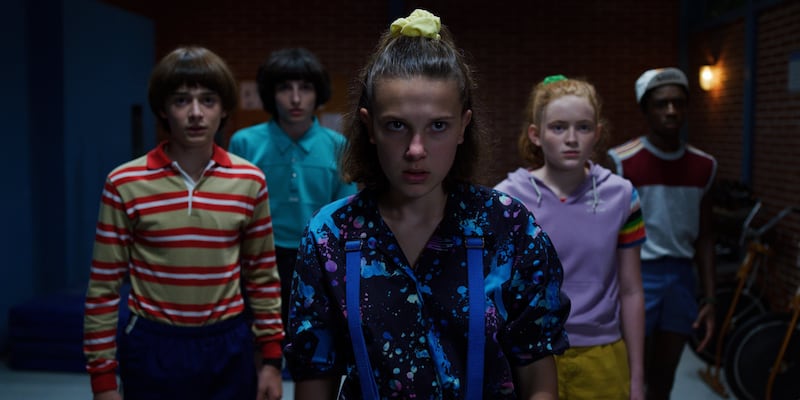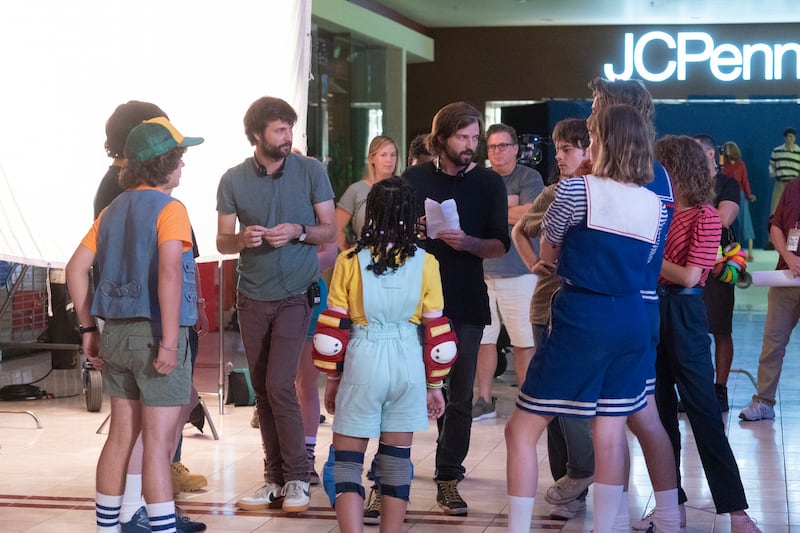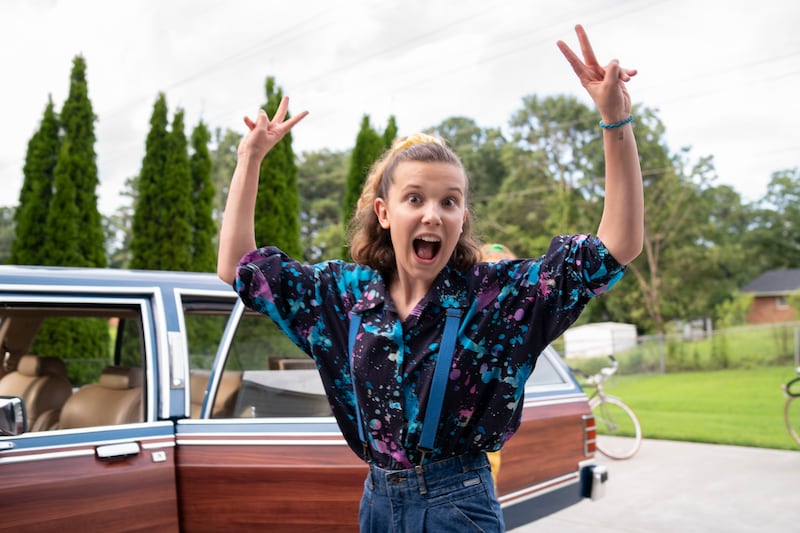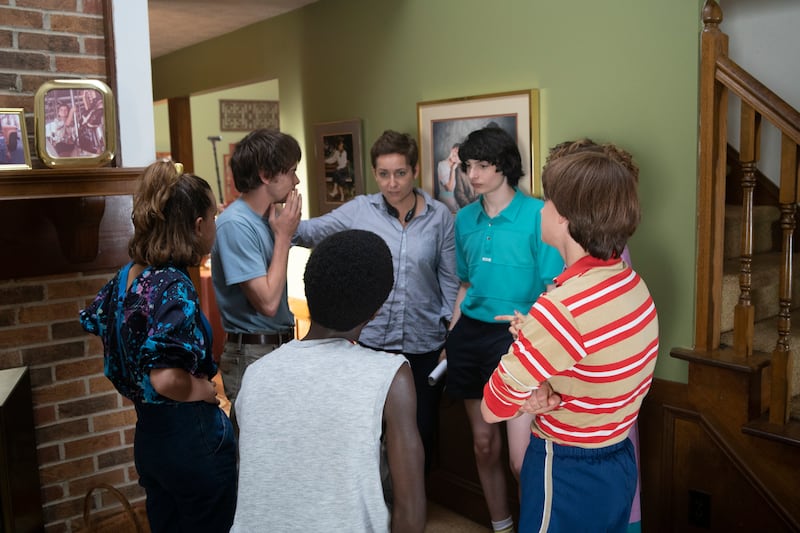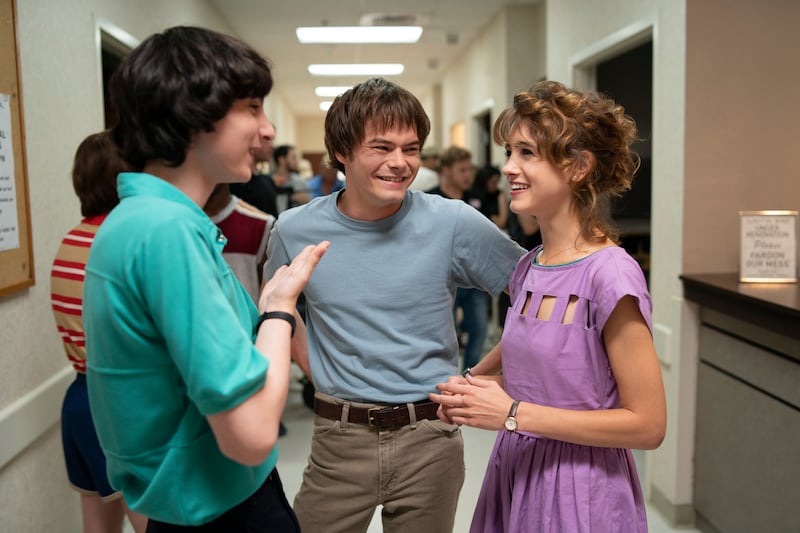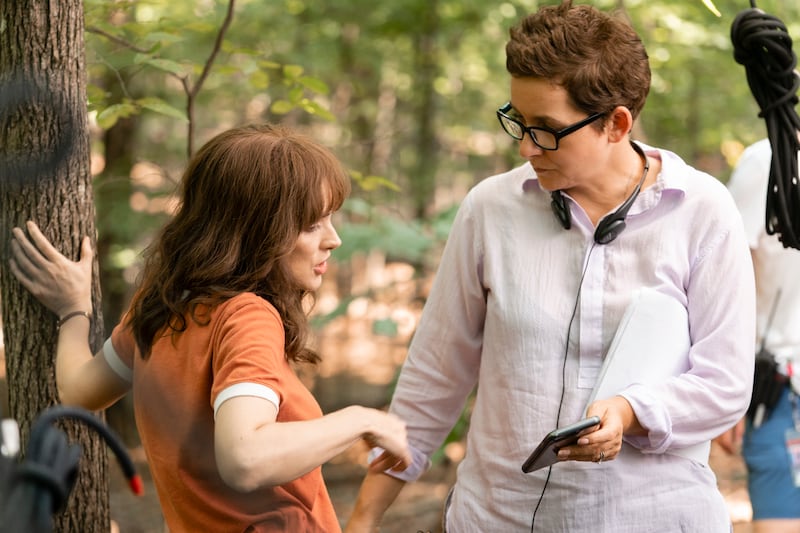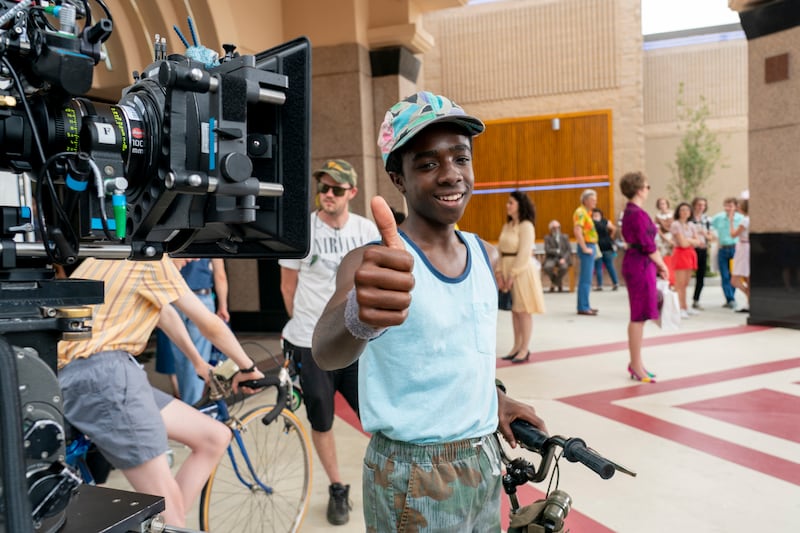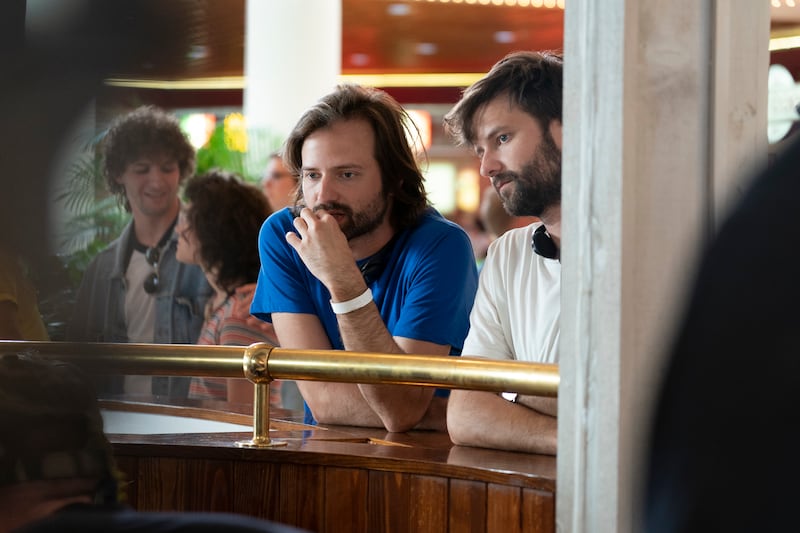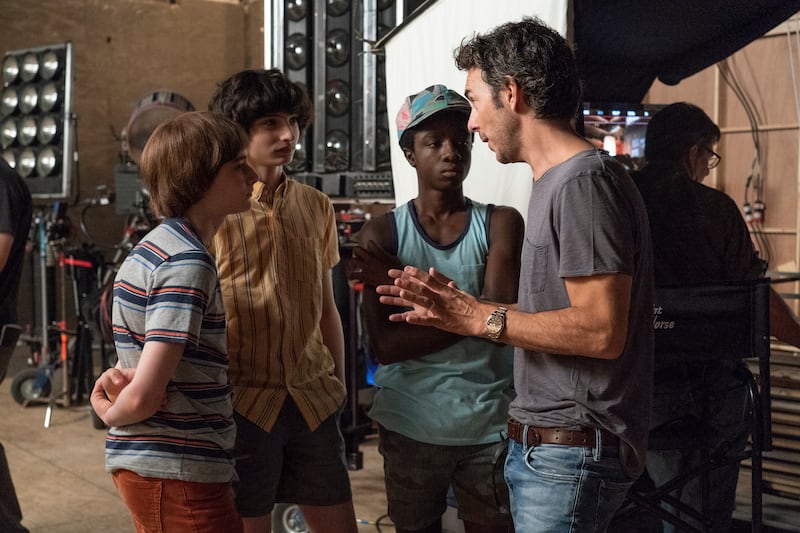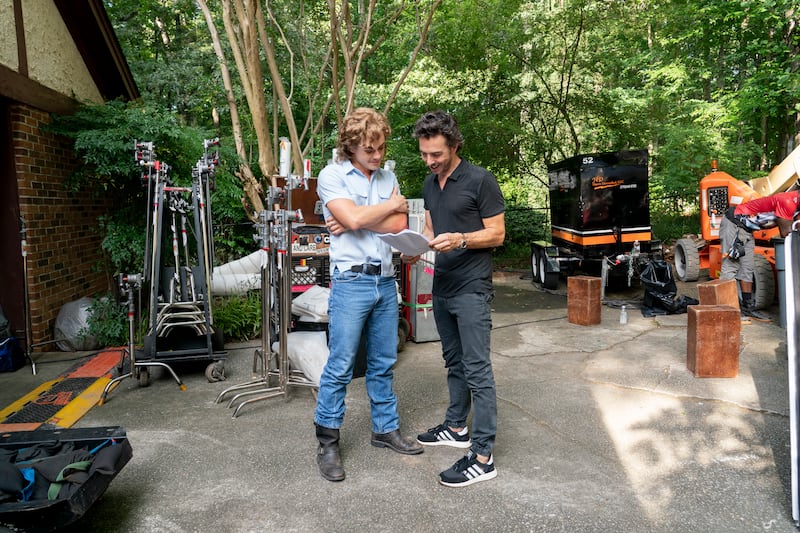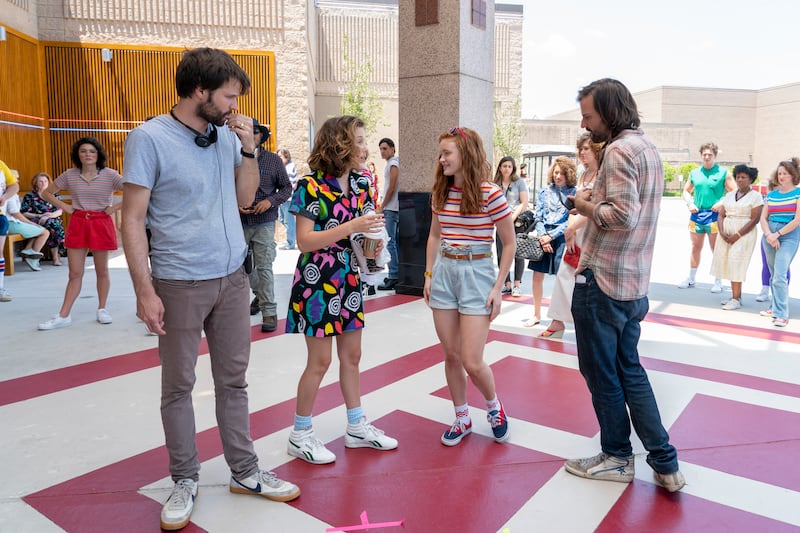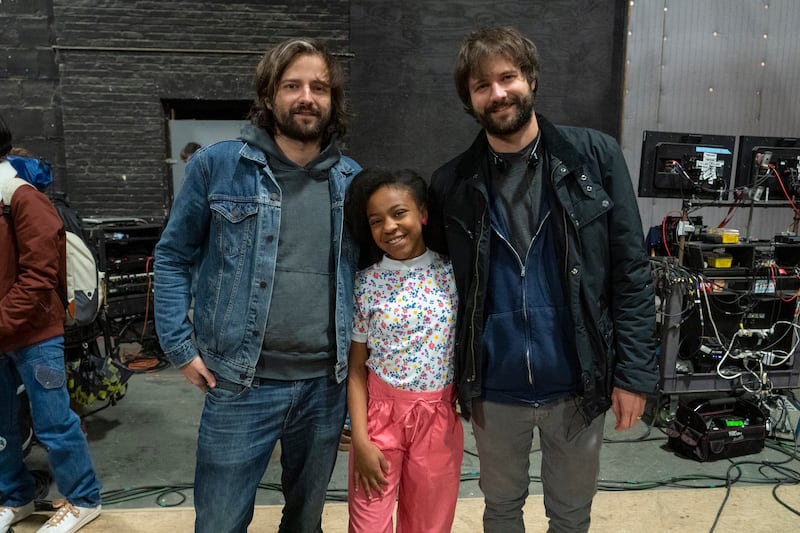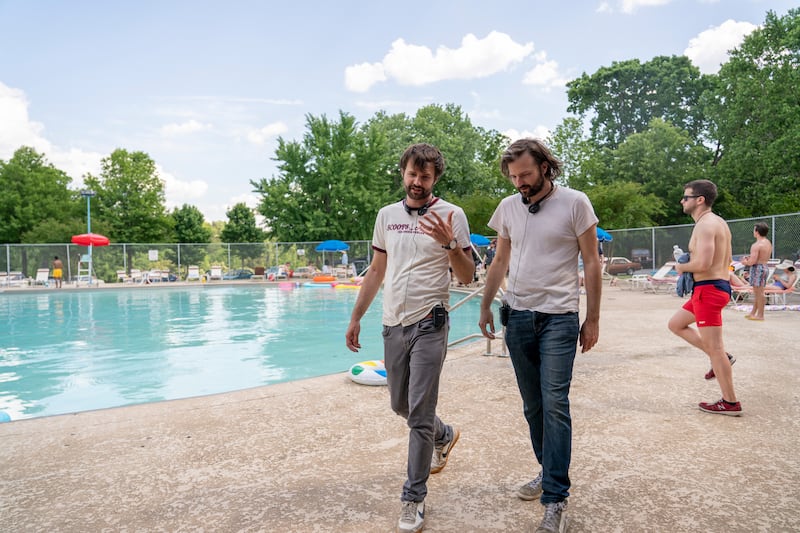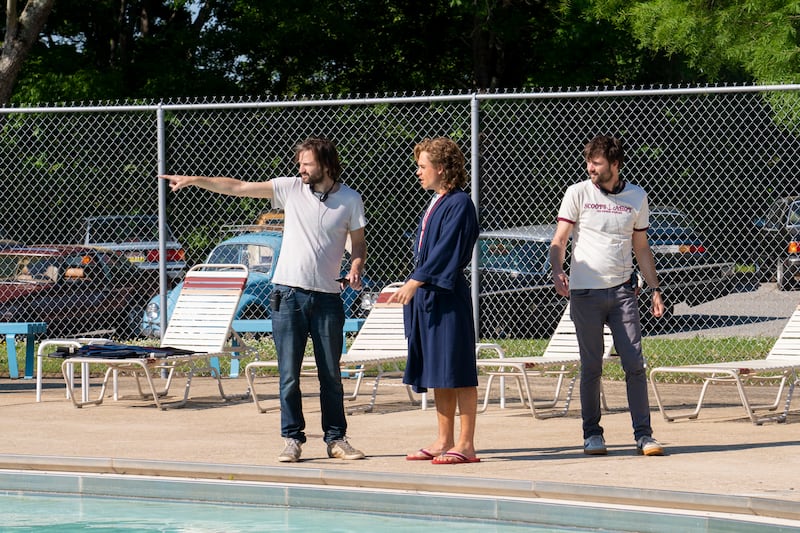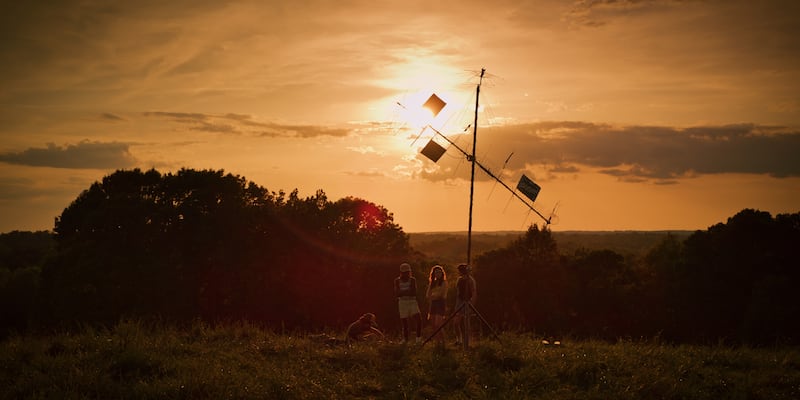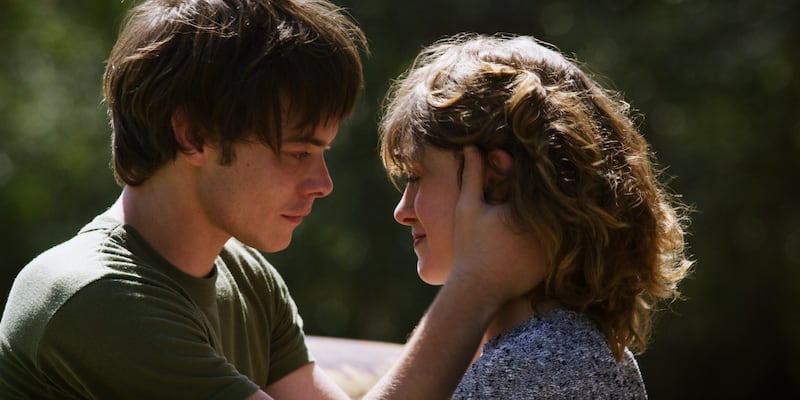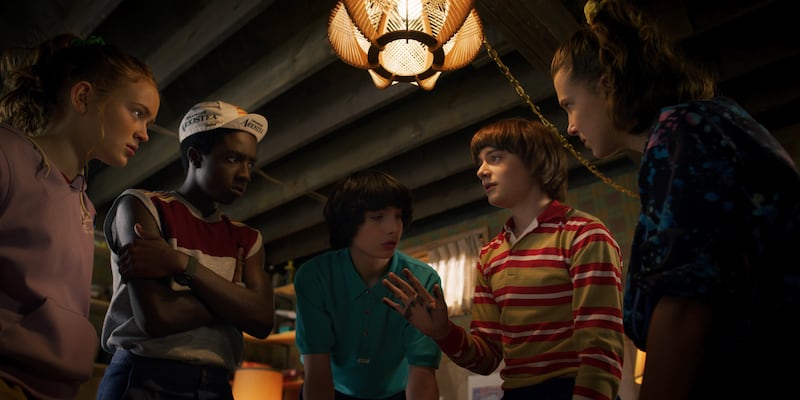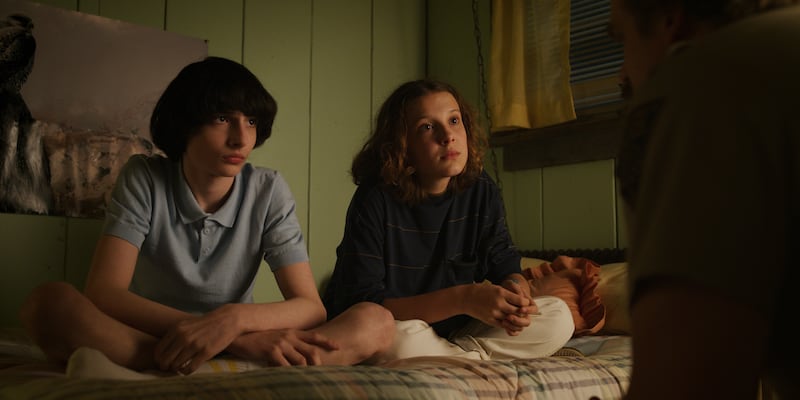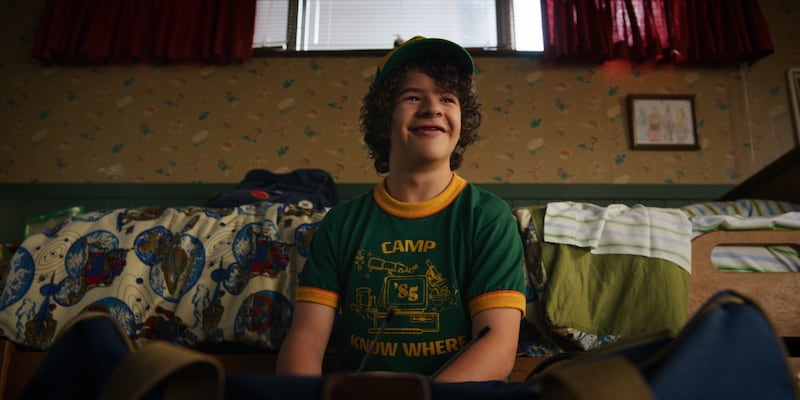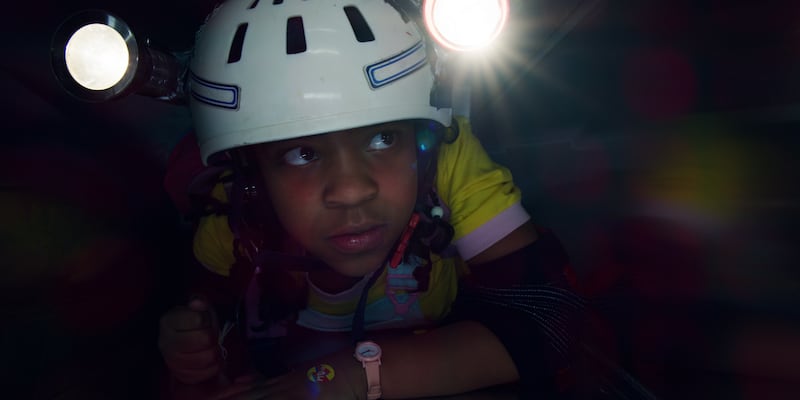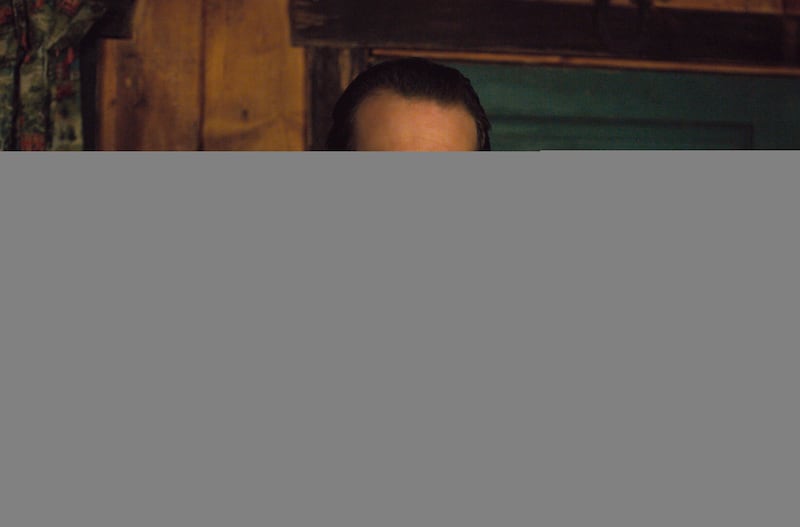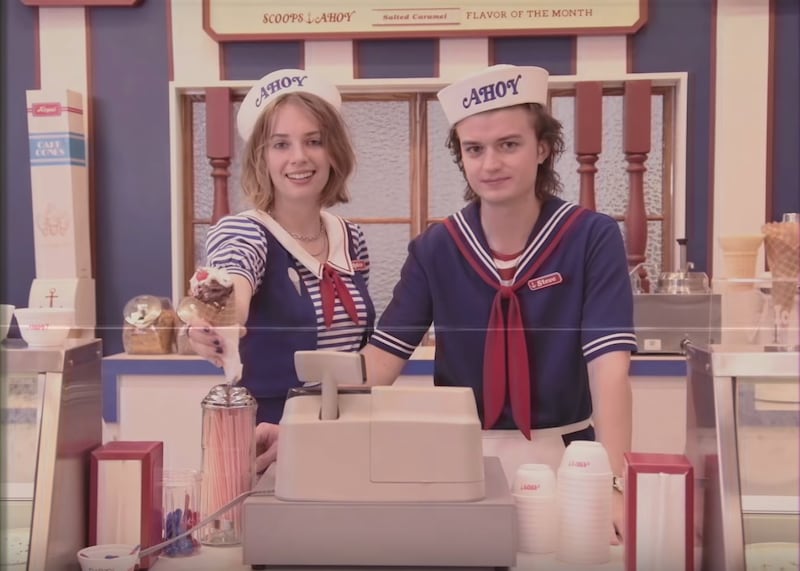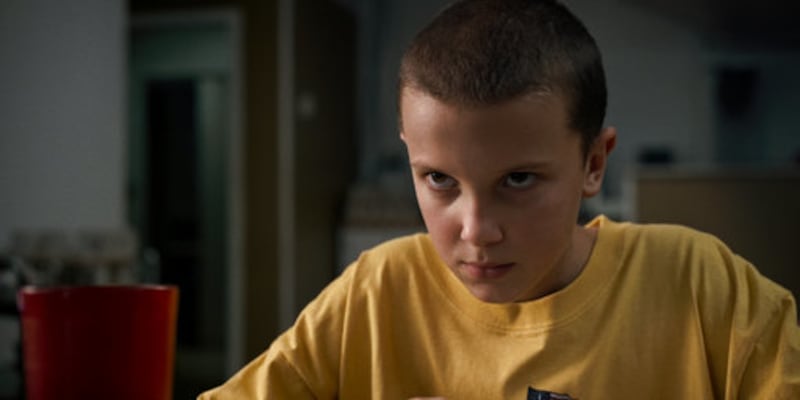SALT LAKE CITY — Scott Haden Church has a confession: At the start of the Netflix series “Stranger Things,” he rolled his eyes.
The opening scene — a person running down a hallway of flickering lights, reaching an elevator and frantically pushing the buttons to escape a mysterious creature — wasn’t anything new. That the person ends up getting demolished by the creature anyway was even more predictable.
“The first episode, (at the start), I was actually annoyed when I watched it because it was so blatant how much it was recycling from the ‘80s, and it bothered me,” said Church, an assistant professor in Brigham Young University’s School of Communications.
But a few minutes in, the show’s theme song came on. The synth-heavy music, composed by the electronic band Survive, instantly reminded Church of John Carpenter’s horror movie soundtracks from the late 1970s and ‘80s. And then against a black background, the words “Stranger Things” fell into place. In glowing red block letters, that title would've looked right at home on the cover of a Stephen King novel. (In fact, two days after Netflix released “Stranger Things,” King tweeted that watching the show was like “watching Steve King’s greatest hits.”)
At that moment, Church began to realize this “recycling” was intentional: "Stranger Things'" directors and brothers Matt and Ross Duffer had strategically chosen to tell a story using a conglomeration of ‘80s pop culture — a story that continues Thursday, July 4, when Netflix releases season three.
“Not long in, the show started to win me over,” he said.
‘One hundred cliches move us’
Despite his initial hesitation, Church finished the first season of “Stranger Things” in three days. Aside from wondering what happened to Eleven and how being in the Upside Down would continue to affect Will, Church had another question on his mind: Why did he like the show so much?
He wasn’t alone. In 2017, Netflix ratings confirmed that during the first three days season two of “Stranger Things” was made available on Netflix, 15.8 million people watched the first episode. As a whole the season averaged 8.8 million viewers per episode, and 361,000 people watched all nine episodes of the season within the first 24 hours of its release. And most recently, a survey from ExpressVPN revealed that 42% of Americans rate “Stranger Things” as their most anticipated series — above “Game of Thrones.” So what about the show was so compelling?
Eventually, Church found his answer in an unexpected place — literary critic Umberto Eco’s essay, “Casablanca: Cult Movies and Intertextual Collage.” Although Eco’s words were about the classic 1942 film starring Humphrey Bogart and Ingrid Bergman, those words seemed to apply just as much to “Stranger Things.” One line in particular especially struck Church: “Two cliches make us laugh, one hundred cliches move us.”
“If you just use one, then it feels contrived … but if you do all of them, together it becomes a masterpiece of referentiality,” Church said. “These are tried and true techniques that resonate with people, and if you find a way to weave them all together and do a cohesive plot line, then it just wins you over. And that’s exactly what it did to me. Because there were so many of them that the Duffer brothers used, I just let my defenses down and I just really enjoyed it.”

Church soon after began his “Stranger Things” research — which he first presented last year at the Pop Culture Association in Indianapolis — by closely watching the show and picking apart the episodes to find how the Duffer brothers had remixed elements of ‘80s pop culture to create a new story. Here are some of his discoveries:
Storyline
- Like the 1986 coming-of-age film “Stand By Me” — based on a short story by King — “Stranger Things” features coming-of-age discussions as the young friends from Hawkins, Indiana, walk along the railroad tracks.
- Like King’s novels “Carrie” and “Firestarter,” the story of “Stranger Things” centers around a child with telepathy, who, exploited by a government entity, uses that power in anger.

- “Stranger Things” is as much a tribute to Steven Spielberg as it is to King. References to “E.T. the Extra-Terrestrial” are peppered throughout the show. At the heart, both storylines involve kids befriending and hiding a mysterious entity from their parents and government officials, ultimately leading to a bike chase where the kids seek to escape from those government officials. Both Eleven and E.T. even don a blond wig as a form of disguise.
- Like the 1982 film “Poltergeist” — with a screenplay from Spielberg — a child is held captive by a monster in another dimension, communicating through walls with family members. And like the 1985 film “The Goonies” — based on a story by Spielberg — “Stranger Things” features nerdy kids and cool older kids teaming up for adventure.
Music
- Music from the 1980s helps tell the story of “Stranger Things.” Throughout season one, the Clash’s hit song “Should I Stay or Should I Go” reflects Will Byers' predicament of being caught in the Upside Down.
- In the opening episode of season two, Oingo Boingo’s “Just Another Day” reflects life in the small midwestern town of Hawkins. And in the final episode of season two, while at their school’s Snowball Dance, the “Stranger Things” kids sway to the Police’s “Every Breath You Take.” But while a love song (albeit creepy), it also serves as a warning message from the Shadow Monster to the kids that their troubles aren’t over.
Characters
- Even the people cast in “Stranger Things” are direct references to 1980s pop culture, from Winona Ryder to Paul Reiser, who starred in the 1986 film “Aliens,” a sequel to “Alien.” And speaking of “Alien,” the “Stranger Things” character David O’Bannon — the trooper for the Indiana State Police who found Will Byers’ fake body in the quarry — is a reference to “Alien” writer Dan O’Bannon. Likewise, Hawkins Chief of Police Jim Hopper references a character in the 1987 film “Predator.”

- In season two, a new female character named Max beats Dustin Henderson's high score on an arcade game. Her player name? MADMAX — a throwback to the post-apocalyptic films of the late 1970s/early 1980s.
- Season three of “Stranger Things” will introduce a new character, Mayor Kline, played by 1980s icon Cary Elwes (“The Princess Bride”). Church predicts Elwes will end up being a sinister government operative, much like Martin Sheen’s character in the film adaptation of Stephen King’s “The Dead Zone.”
Those were just a handful of 1980s pop culture references Church found as he studied and watched the show.
“In the past, if shows or movies were being accused of being too derivative, the filmmakers or the TV showrunners would defend themselves and say ‘No, no, no; this is us. This is our original idea,’” Church said. “But the Duffer brothers seem to be embracing it. They’re not trying to hide from it. … They’re saying, ‘We wanted to make a tribute to the popular culture that we loved as children.’ … They’re being upfront about how derivative the show is.”
Nostalgia
Church anticipates the 1980s pop culture references will continue to play a large role in season three of “Stranger Things,” especially as Hawkins’ brand-new Starcourt Mall becomes a prominent setting in the storyline.
“The idea of the mall itself is becoming so antiquated, so I think this was definitely strategic of the Duffer brothers to decide to place (season three) in the mall,” he said. “(Malls are) gradually fading out of our culture now, but in the ‘80s (they) were huge. The mall was a symbol … of the Reagan era (and) economic successes of the ‘80s.”
Like the Duffer brothers, Church was a child of the ‘80s and gets nostalgic when watching “Stranger Things.” But when the professor once asked his BYU students how many of them felt nostalgic watching the show, he was surprised to see most of them raise their hands — even though they were born after the '80s.

“The show is so heavy on its tropes and quotations from popular culture of the ‘80s, that’s what the audience is nostalgic for — not the actual 1980s. They’re nostalgic for pop culture depictions of the 1980s,” Church said. “Our popular culture is so dependent on quoting other popular culture, and ‘Stranger Things’ is just really good at that, and we see it and we appreciate it.”

